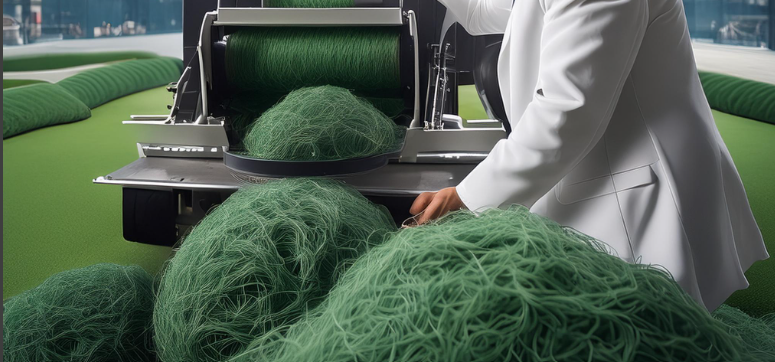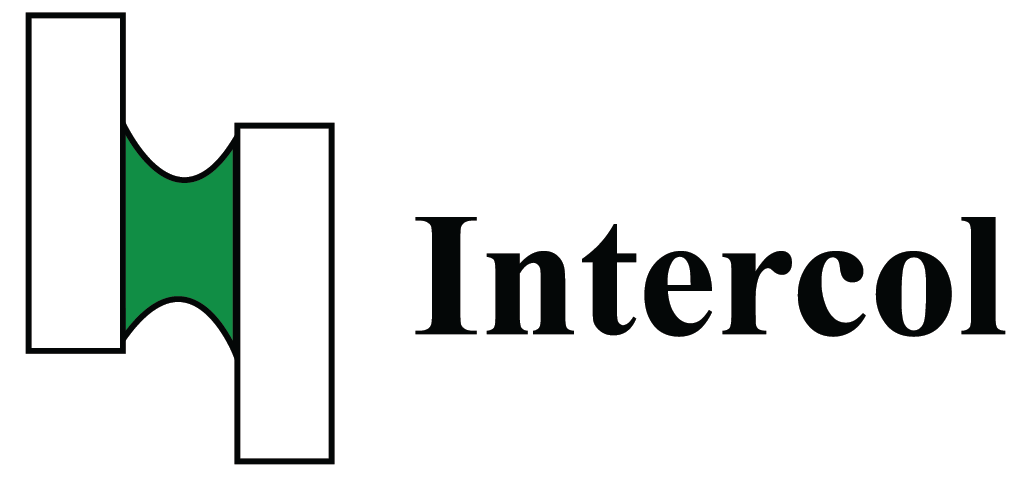Den stigende bevidsthed om miljømæssig bæredygtighed og brugen af miljøvenlige materialer i tæppefremstilling forventes at drive markedet for bæredygtige bredvævede tæpper samt for tæppefliser. Producenterne fokuserer på at tilbyde miljømæssigt ansvarlige produkter for at imødekomme forbrugernes skiftende præferencer for grønne og bæredygtige gulvbelægninger til en overkommelig pris.
Tæppeindustrien er allerede på linje med tekstilindustrien med brugen af garner, biobaserede, men også mange fossilbaserede som PP, PET, PE og PA. Genanvendelsen af disse garner kan ske i de samme genanvendelsesanlæg, som er oprettet til den større tekstilindustri (tøj, beklædning, møbelpolstring).
Den største udfordring kan derfor være at bruge et tæppe af et enkelt materiale. Dette har nogle udfordringer, da styrken i mange tekstiler, herunder tekniske tekstiler, kommer fra kompositter. Kompositter er typisk et sammensat materiale.
Tæpper er for det meste sammensat af et bindemiddel, en bagside (som action back) og et andet bagsidelag. I Europa bruger man typisk styrenbutadien som bindemiddel. Styrenbutadien er en tværbindende, ikke-termoplastisk polymer. Disse egenskaber gør det meget vanskeligt at genbruge selve materialet eller at adskille tæppefibrene fra bagbeklædningen. Tæppefibre er det mest værdifulde produkt i et tæppe, og det første mål for genbrugere ville være at få disse fibre ud af en genbrugsproces.

Et VAE-bindemiddel er typisk godt opløseligt og termoplastisk, hvilket gør det muligt at adskille tæpper i de oprindelige råmaterialer som garn, bindemiddel og fyldstof. Da VAE er termoplastisk, kan det desuden genbruges mekanisk.




